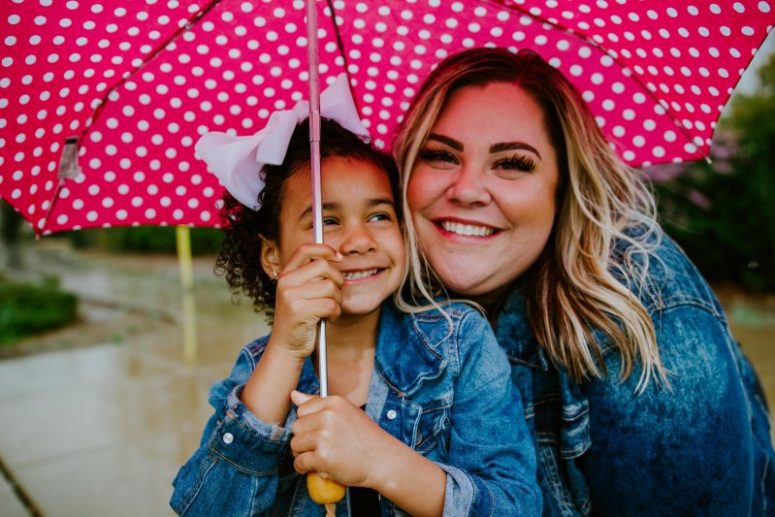‘The vast increase in divorce and diverse marital and partnership transitions is one of the main demographic changes that have occurred in Western societies over the last few decades’ (Suanet et al, 2013).
Our society has faced many changes in the traditional family and it is a common occurrence for new families to be set up following a separation or divorce. As a parent trying to establish a new romantic relationship it can be quite daunting since one needs to juggle a career, being a parent and also being an individual seeking new connections with potential partners. An added uncertainty would be when both adults bring in children from earlier unions in the dynamic.
Children entering a new family dynamic after the dissolution of their previous family dynamic may be dealing with a number of emotions- sadness, loss, anger, questions of loyalty, doubts about whether the new partner will accept them, resistance towards the new individuals, unease due to the presence of other children. This also holds for the stepparent who is also getting used to a new dynamic and establishing their own parenting style and approach towards children.
When these changes bring about diverse roles and boundaries, it makes sense to discuss and define them clearly with the children, and also with the adults involved. Once these roles and responsibilities are made clear, each individual will experience a deeper sense of belonging and will know better what to expect and how to behave. This leads to the step-parent being more committed and invested in the relationship and the step-children; supporting the children’s development, engaging in positive interactions, providing financial support and including them in their own family network. When children experience that their stepparents are claiming them; wanting them and making them a part of their life, they will relate more warmly and affectionately towards them creating less conflict and tension, and a better chance of success for the relationship and the new family dynamic.
Thus, we can say that it would be ideal to support your children in loving their stepparent in order to:
- Create a warm and welcoming attitude towards each other
- Create a sense of belonging
- Create personal commitment and investment from the step parent
- Improve the chance of success for the relationship
- Foster a relationship where the stepparent supports the children
- Help your children accept another adult, who will not be replacing their biological parent
- Decrease conflict and tension
- Provide your children with added personal networks and support through their stepparent
- Teach your children how to form healthy relationships with non-biological kin
- Be able to connect emotionally with another caregiver.
Abigail Church is a Humanistic Integrative Counsellor who works with adults and children through counselling with Willingness. She can be contacted on abigail@willingness.com.mt or call us on 79291817.
References:
Goldscheider, F. and Kaufman, G. (2006) Willingness to Stepparent: Attitudes About Partners Who Already Have Children. Journal of Family Issues. 27:10, p1415-1436.
Suanet, B., Van Der Pas, S. and Van Tilburg, T. (2013) Who is in the Stepfamily? Change in Stepparents’ Family Boundaries 1992 and 2009. Journal of Marriage and Family. 75. P1070-1083.
Ganong, L.H., Coleman, M. and Jamison, T. (2011) Patterns of Stepchild – Stepparent Relationship Development. Journal of Marriage and Family. 73:2. P396-413.
Ganong, L., Coleman, M., Chapman, A. and Jamison, T. (2018) Stepchildren claiming Stepparents. Journal of Family Issues. 39:6. 1712-1736.
Ganong, L., Jensen, T., Sanner, C., Chapman, A. and Coleman, M. (2020) Stepparents’ Attachment Orientation, Parental Gatekeeping, and Stepparents’ Affinity-Seeking with Stepchildren. Journal of Family Process. 59:2. 756-771

